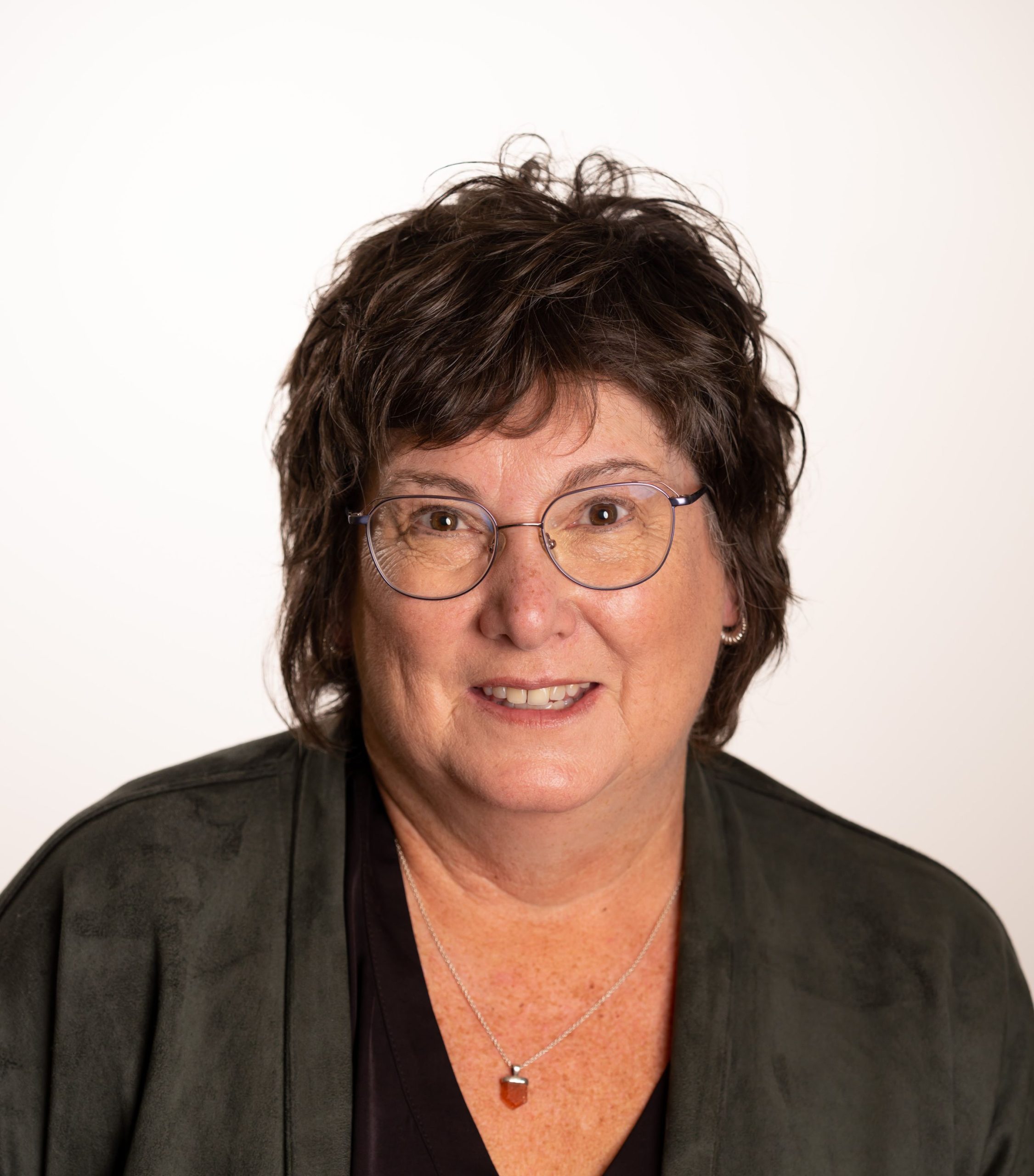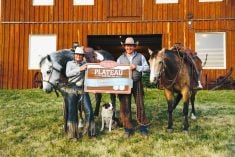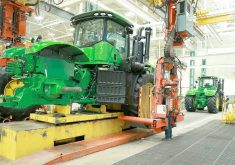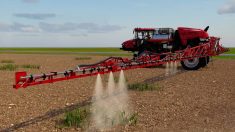Many will mourn the passing of John Harapiak, who succumbed last week to cancer.
The highly respected agronomist spent more than 40 years of his life serving western Canadian farmers through his work in soil fertility research and extension.
Dubbed an “agricultural icon” by his colleagues, he was best known for his steadfast commitment to helping farmers improve the efficiency of fertilizer management, high standards of integrity and his willingness to encourage and mentor budding scientists in his field.
“He had a good rapport with everyone he worked with,” says Bill Toews, a Manitoba farmer and soil scientist who worked with Harapiak early in his career.
Read Also

Guarding against misinformation: Do you believe in house hippos?
Misinformation and disinformation run rampant in today’s digital age. Farmers must be wary of the digital dangers and know how to keep themselves safe.
Harapiak was an old-school agronomist, hearkening back to a time before “sales” and “agronomy” were lumped into one job description.
He crusaded for improving fertilizer efficiency on the farm, much to the chagrin of those whose job it was to sell farmers fertilizer. By delivering research-based extension support to farmers to improve timing and placement, they could get away with buying less.
After obtaining his masters degree from the University of Saskatchewan in 1965, Harapiak worked briefly with Cominco Fertilizers before moving to Western Co-operative Fertilizers Ltd. in 1966. He spent the next 33 years working with Westco, directing agronomy research, extension and training.
Don Flaten, a soil scientist with the University of Manitoba, says Harapiak led the development of a research-based and practical strategy for improving fertilizer placement (i. e. banding) that would revolutionize farming practices in Western Canada.
“John went against the grain of his industry colleagues to demonstrate that the extra investment to band the fertilizer underneath the soil surface paid substantial dividends to farmers in terms of improved agronomic efficiency. And for most of his career he continued to refine that information, adapting it to suit air seeder technology, conservation tillage farming systems, and many other evolutionary developments in cropping systems,” he said.
Agriculture and Agri-Food Canada soil scientist Cindy Grant said in that tribute there were two characteristics she admired most about Harapiak: his ability to identify and investigate straightforward solutions to important practical problems, and his integrity “that compels him to present facts as he sees them.”
Rigas Karamanos, who succeeded Harapiak at Westco and who is currently agronomy manager for Viterra, said one important lesson from his mentor helped shape his career. “John once told me that ‘what is good for the farmer is good for Westco’ and he has been right 100 per cent of the time.”
John Waterer, Cargill’s chief agronomist in Canada, said competitors and colleagues alike respected Harapiak’s commitment to putting farmers’ needs first even if it meant challenging those who would profit at the farmer’s expense.”
Harapiak is also recognized for the role he played in garnering support from the Canadian fertilizer industry for field trials into the effect of nitrogen fertilizer placement on greenhouse gas emissions.
But perhaps the most important and lasting contribution of his career was his commitment to seeing the Certified Crop Adviser program established in Western Canada.
The program emerged from a recognition that practising agronomists lacked access to ongoing training necessary to keep them abreast of new developments in the field.
In addition to identifying training opportunities, the program established a set of professional standards and ethics for people delivering agronomic advice to farmers.
“John had a vision that a formal agronomic training and accreditation program would generate long-term benefits for farmers and crop
input industry people alike,” said Flaten. Many words were used to describe Harapiak in the accolades and tributes he received as his time with us drew to a close – leader, mentor, innovator, researcher, communicator, honest, tireless, role model, caring and commitment to name a few.
The professional community of agronomists has indeed lost an icon. Farmers have lost a friend.
———
“Johnoncetoldmethat‘whatisgoodforthefarmerisgoodforWestco’andhehasbeenright100percentofthetime.”
RIGAS
KARAMANOS















